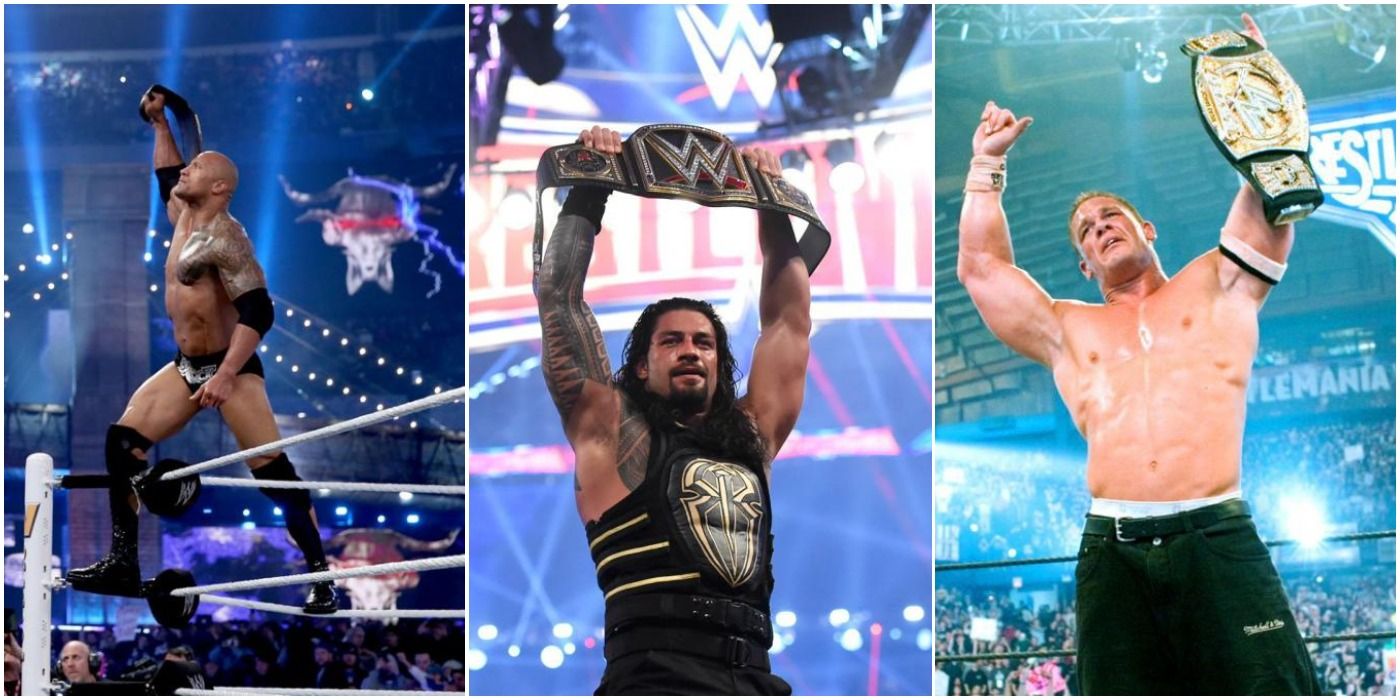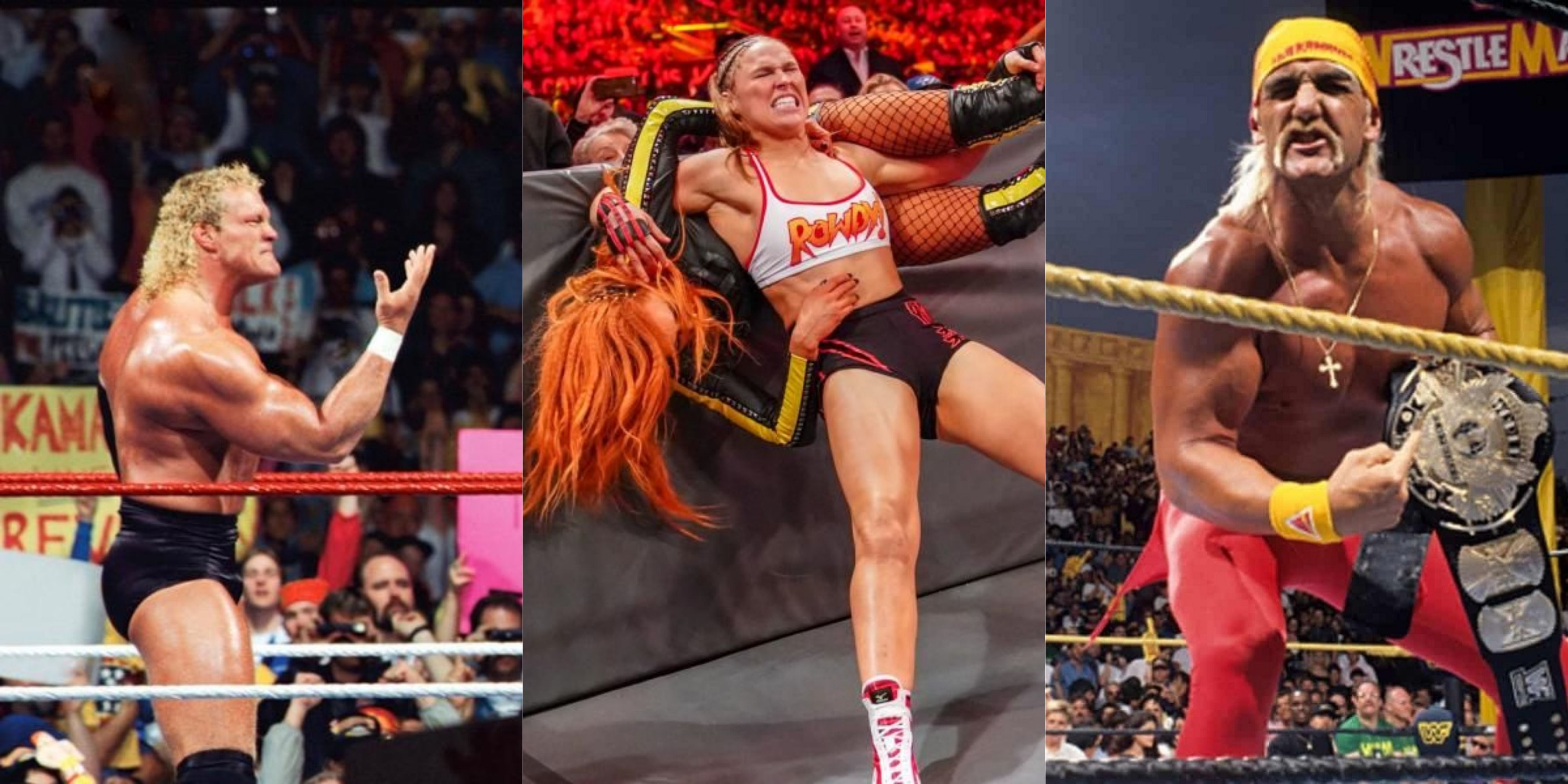Since its inception in 1985, WrestleMania has not only served as WWE’s flagship event but has also become a cultural phenomenon that transcends wrestling. Each year, fans eagerly anticipate the main events, which often feature the biggest stars and most compelling storylines. Some of these matches have had a lasting impact on WWE, altering its trajectory and influencing future events in significant ways. This article explores the WrestleMania main events that changed WWE forever, highlighting their implications and legacy.
The Birth of WrestleMania (WrestleMania I)

WrestleMania I, held on March 31, 1985, is often regarded as the event that put professional wrestling on the map. It was a bold experiment by Vince McMahon to combine the worlds of wrestling and mainstream entertainment.
- Celebrity Involvement: The event featured celebrities like Muhammad Ali, Cyndi Lauper, and Mr. T, drawing significant attention from the media and fans alike.
- High Attendance: WrestleMania I drew a crowd of over 19,000 at Madison Square Garden, showcasing the potential of wrestling as a major event.
- Legacy of Annual Events: The success of WrestleMania I established the format for future WrestleManias, solidifying it as an annual spectacle.
This event marked the beginning of a new era in professional wrestling, paving the way for future crossover events and setting the precedent for celebrity involvement in wrestling. It was not just a wrestling event; it was a cultural milestone.
Hulkamania Runs Wild (WrestleMania III)
WrestleMania III, held on March 29, 1987, is famous for its iconic main event featuring Hulk Hogan and André the Giant. This match is often considered one of the greatest in professional wrestling history.
- Iconic Moments: Hogan’s body slam of the 520-pound André became a defining moment in wrestling history, symbolizing the triumph of good over evil.
- Record Attendance: The event set an indoor attendance record of 93,173 fans at the Pontiac Silverdome, a feat that stood for decades.
- Merchandising Boom: The match and Hogan’s popularity led to an explosion in merchandising, with Hulk Hogan becoming a household name.
This event not only solidified Hogan as a megastar but also underscored the power of wrestling to capture mainstream attention, setting a template for larger-than-life characters in the industry.
The Attitude Era Begins (WrestleMania XIV)

WrestleMania XIV, held on March 29, 1998, marked a pivotal moment in WWE history with the main event featuring Stone Cold Steve Austin and Shawn Michaels. This match signified the beginning of the Attitude Era, a period characterized by edgier content and more complex storylines.
- Stone Cold’s Ascendance: Austin’s victory solidified his status as the face of WWE, leading to a cultural shift in wrestling narratives.
- Shift in Audience Demographics: The Attitude Era attracted a new, younger audience, moving away from family-friendly content to a more adult-oriented product.
- Increased Ratings: The shift in content led to a significant increase in television ratings, with Monday Night Raw often defeating WCW Nitro in the ratings war.
This event set the stage for a new generation of wrestling, where character development and storylines became more crucial than in previous eras.
The Rock vs. John Cena: A New Era (WrestleMania XXVIII)
WrestleMania XXVIII, held on April 1, 2012, featured a highly anticipated main event between The Rock and John Cena. This match was not only a clash of megastars but also represented the passing of the torch from one generation to another.
- Promotional Campaigns: The buildup to this match included a year-long promotional campaign, demonstrating WWE’s commitment to storytelling and audience engagement.
- Record Buyrates: The event generated over 1.3 million pay-per-view buys, making it one of the highest-grossing WrestleManias of all time.
- Cultural Significance: The match represented a merger of past and present, bridging the gap between different eras of wrestling fans.
This event was pivotal in demonstrating WWE’s ability to evolve while still honoring its legacy, appealing to both new and nostalgic audiences.
Women’s Revolution (WrestleMania 32)

WrestleMania 32, held on April 3, 2016, featured a historic triple threat match for the WWE Women’s Championship between Charlotte Flair, Sasha Banks, and Becky Lynch. This match symbolized the culmination of the Women’s Revolution in WWE.
- Quality of Matches: The match showcased the wrestling ability of female competitors, proving that women could main event alongside their male counterparts.
- Increased Recognition: The Women’s Championship match helped elevate women’s wrestling, leading to more significant storylines and main event opportunities.
- Legacy of Change: This main event helped to change perceptions of women’s wrestling, leading to more focus on athleticism and storytelling rather than just eye candy.
This event marked a turning point in WWE, as it emphasized inclusivity and equality in a sport that had often marginalized female athletes.
Conclusion: The Ongoing Evolution of WrestleMania

WrestleMania has played a crucial role in shaping the landscape of professional wrestling. From its inception to modern-day iterations, the main events have consistently pushed boundaries and changed the way wrestling is viewed both as a sport and as entertainment. The matches discussed in this article not only defined their respective eras but also set the stage for the future of WWE.
Each WrestleMania main event serves as a reflection of the changing dynamics within the wrestling industry, illustrating how the company has adapted to audience expectations and cultural shifts. As WWE continues to evolve, fans can expect WrestleMania to remain at the forefront, delivering unforgettable moments that will change the landscape of wrestling for years to come.
In summary, WrestleMania is more than just a wrestling event; it is a historical milestone that has continually reshaped the WWE, making it a beacon of entertainment that resonates with audiences across generations.